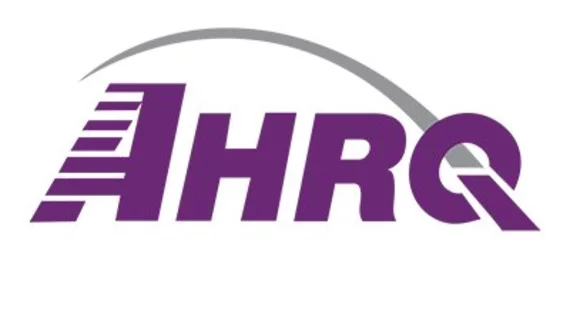The Agency for Healthcare Research and Quality (AHRQ) estimated 8,000 deaths were prevented and $2.9 billion was saved between 2014 and 2016 through successful initiatives to reduce hospital-acquired conditions, including infections, injuries from falls and adverse drugs events.
According to the AHRQ data, the 8 percent reduction in the rate of hospital-acquired conditions meant 350,000 of those conditions were avoided in that time frame. CMS has set a goal of a 20 percent reduction through 2019.
“Today’s results show that this is a tremendous accomplishment by America’s hospitals in delivering high-quality, affordable healthcare,” CMS Administrator Seema Verma, MPH, said in a statement. “CMS is committed to moving the healthcare system to one that improves quality and fosters innovation while reducing administrative burden and lowering costs. This work could not be accomplished without the concerted effort of our many hospital, patient, provider, private, and federal partners—all working together to ensure the best possible care by protecting patients from harm and making care safer.”
The downward trend in hospital-acquired conditions had begun earlier, according to the report, with approximately $19.9 billion saved through reductions between 2010 and 2014. Data for 2017 is expected to be released within the next year to see if the reductions have continued.
While the 2010-2014 and 2014-2016 reports use the same 28 measures of patient safety events, the newer data did have a different baseline rate—which would have an impact on the final analysis. For example, the 2014 rate was 121 conditions per 1,000 discharges. In the new report, the baseline was 98 conditions per 1,000 discharges in 2014 and 90 conditions per 1,000 discharges in 2016.
The decreases in hospital-acquired conditions weren’t seen across the board. The largest drops was in adverse drug events (down 217,000 compared to the 2014 baseline), but two categories actually saw increases between 2014 and 2016: catheter-associated urinary tract infections (up 36,000 compared to the baseline) and pressure ulcers (up 127,000 compared to the baseline).

